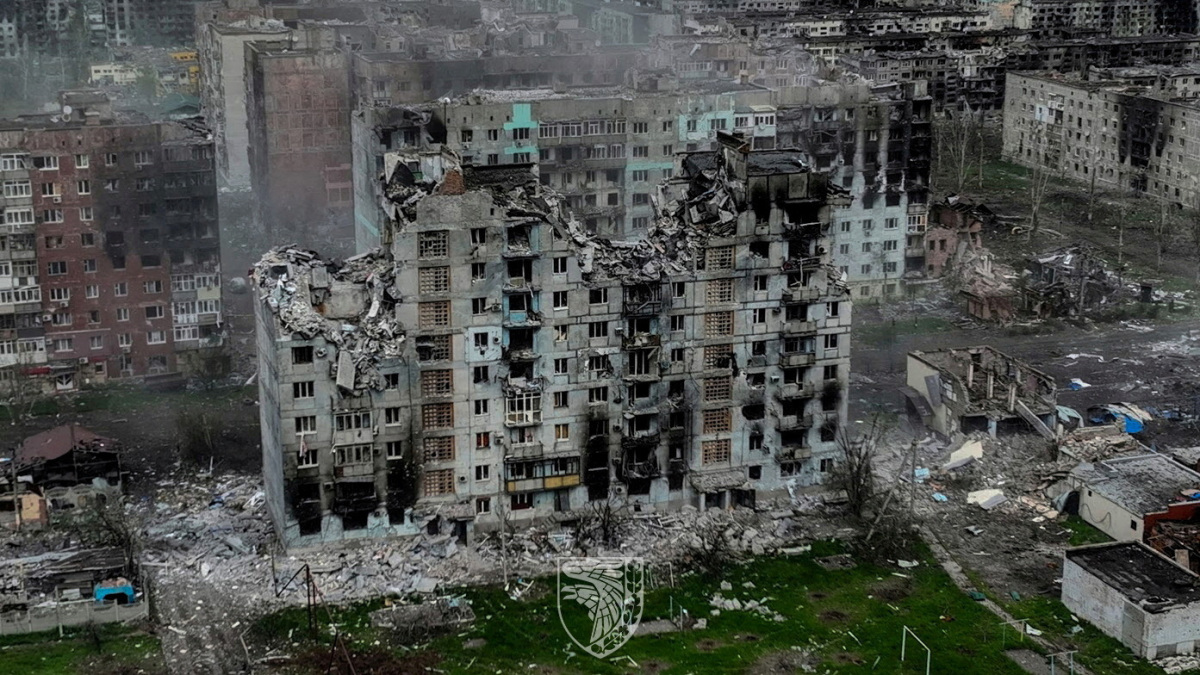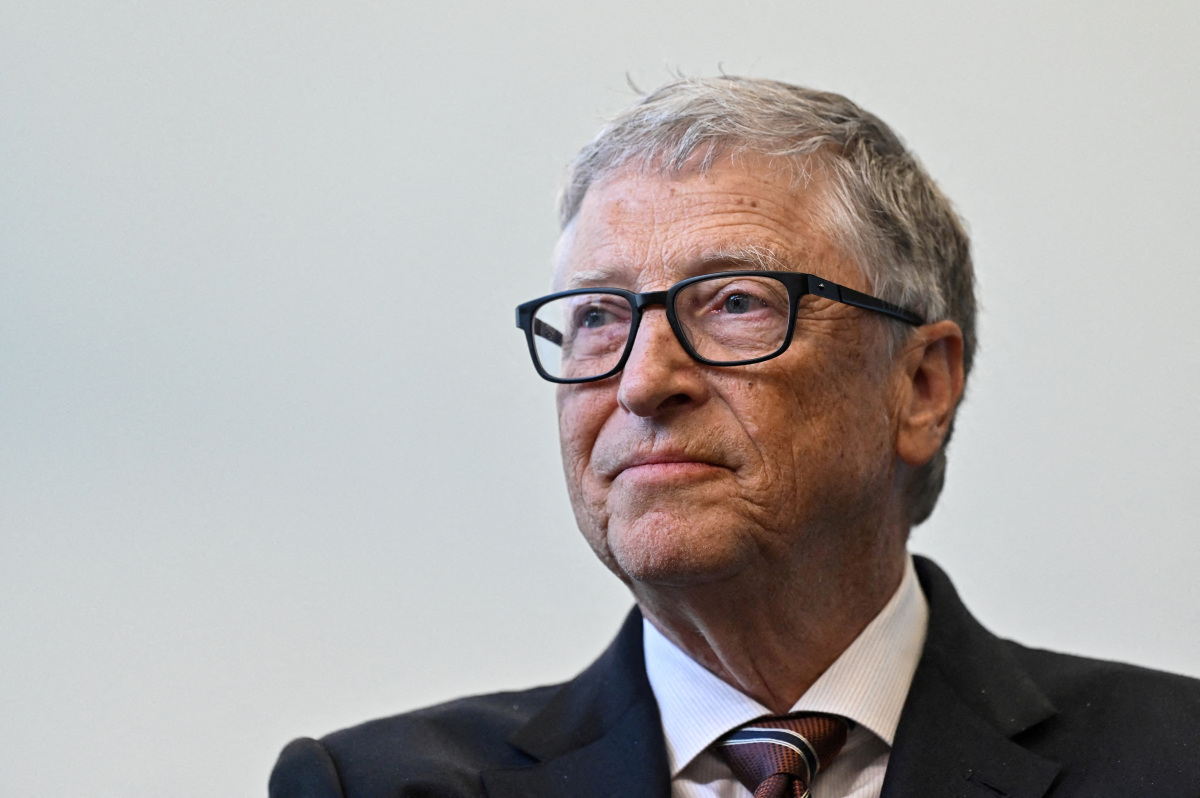Reuters
After a week of heavy fighting, the real tests of Kyiv’s counteroffensive lie ahead, with Ukrainian troops some distance from Russia’s main defensive line and the bulk of forces prepared for the push still on standby.
Ukraine struck in two areas along the southeastern front last week as it began the main phase of its long-awaited operation, reporting seven retaken villages but also taking losses including Western infantry fighting vehicles and tanks.
“On both sides, a lot of it’s going to come down to attrition,” said Rob Lee, a senior fellow at the Foreign Policy Research Institute and among analysts who have reported losses on both sides based on satellite and photographic evidence.
“The risk for them (the Ukrainians) is that before they get to that (Russian) defensive line, they take too much attrition and it’ll be too tough to breach it and exploit it.”
President Volodymyr Zelenskiy has said Western equipment like battle tanks and armoured vehicles should help protect the lives of Ukrainian soldiers.
Russia has prepared thousands of defensive positions from the edge of western Russia all the way to occupied Crimea on the Black Sea, including minefields, anti-tank ditches, rows of concrete “dragon’s teeth” barricades and trenches.
The positions, reviewed by Reuters using satellite imagery in April, are heavily concentrated in the strategically important south where Kyiv may aim to cut Russia’s land bridge to Crimea and split the Kremlin’s forces.
Ukraine, which has the bulk of its counteroffensive forces in the wings, can watch where Moscow commits troops to shore up its lines and strike in more thinly-defended areas, including in the east, military analysts said.
“Ukraine’s got choices,” said Ben Barry, senior fellow for land warfare at International Institute for Strategic Studies.
“It can’t achieve strategic surprise but it will try its damnedest to achieve operational and tactical surprise. That will involve concealment, camouflage, deception, misinformation which they used quite successfully last autumn.”
Moscow’s strategy in the south likely aims to maximise Ukrainian casualties before Kyiv can reach the main Russian line of defences about 10-15 km (6-9 miles) away, according to Lee.
“There’s no point in (them) fighting to the death there or risking encirclement,” he said.
QUESTIONS OF MOMENTUM
Ukraine has been preparing for the counteroffensive for at least six months after recapturing the major southwestern city of Kherson in November, a swathe of Kharkiv region in September and forcing Russian forces back from around Kyiv in April.
The military created 12 armoured brigades for the operation, nine of them trained and equipped by the West, analysts say. A brigade typically comprises at least 3,500-4,000 troops. Ukraine has said it formed eight assault brigades of 40,000 soldiers drafted by the Interior Ministry.
Konrad Muzyka, a Poland-based military analyst who tracks the war closely, said only three of the 12 brigades had been seen in combat in the southeast so far.
The main thrusts have come near the Kyiv-controlled town of Orikhiv in Zaporizhzhia region and Velyka Novosilka in Donetsk region, about 80 km to the east.
Those thrusts may indicate Ukraine’s generals have their eye on Tokmak, an occupied town in Zaporizhzia region some 25 km from the front line. A further 50 km away lies the city of Melitopol. Both settlements are heavily fortified.
Near Velyka Novosilka, Ukraine liberated a cluster of four villages, including two visited by Reuters on Tuesday and Wednesday, as well as two others nearby, Deputy Defence Minister Hanna Maliar said on Monday.
Troops have advanced up to 6.5 km (4 miles) and seized 90 square km (35 square miles), she said of ground along a 100-km-long (60-mile-long) stretch of the southern front line. On Wednesday, she reported more advances of 300-350 metres in various areas over the last 24 hours.
“They initially did quite okay,” Muzyka said.
“My main concern five or six days into this main phase is that the progress appears to have stopped. The momentum that they built up over the first couple of days is essentially now gone and we don’t know why this is.”
Maliar has also reported advances on the flanks of the eastern city of Bakhmut, which Russia said it had captured last month. Military analysts saw it as unlikely this would become the focus of the main Ukrainian offensive.
The counteroffensive is complicated by Ukraine’s lack of air power. Kyiv has lobbied the West for months to supply F-16 fighter jets but they are at least several months away from being deployed.
Kyiv has imposed an information blackout to help operational security, making independent battlefield assessments hard. Russia’s Vladimir Putin has cast Kyiv’s attack so far as a failure involving heavy losses.
Images shared by Russian military bloggers showed destroyed or damaged U.S.-made Bradley infantry fighting vehicles and Leopard 2 tanks, headline items of military aid sent by the West for the counteroffensive.
Muzyka estimated Ukraine may have lost up to 15% of its Bradley vehicles and a few percent of its Leopards, though it was possible Ukrainian forces had recovered some of those vehicles and sent for repair.
Military analyst Jack Watling wrote for the RUSI think tank that it was too early to say whether the offensive had succeeded or failed.
“We must refrain from premature pronouncements of success or failure,” he said.







